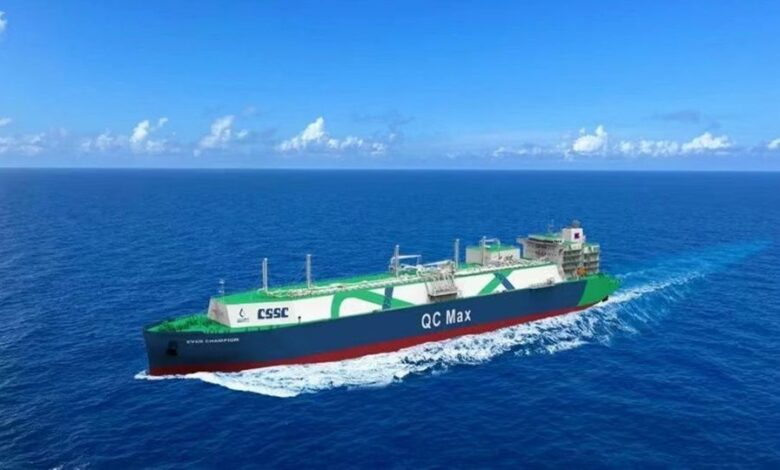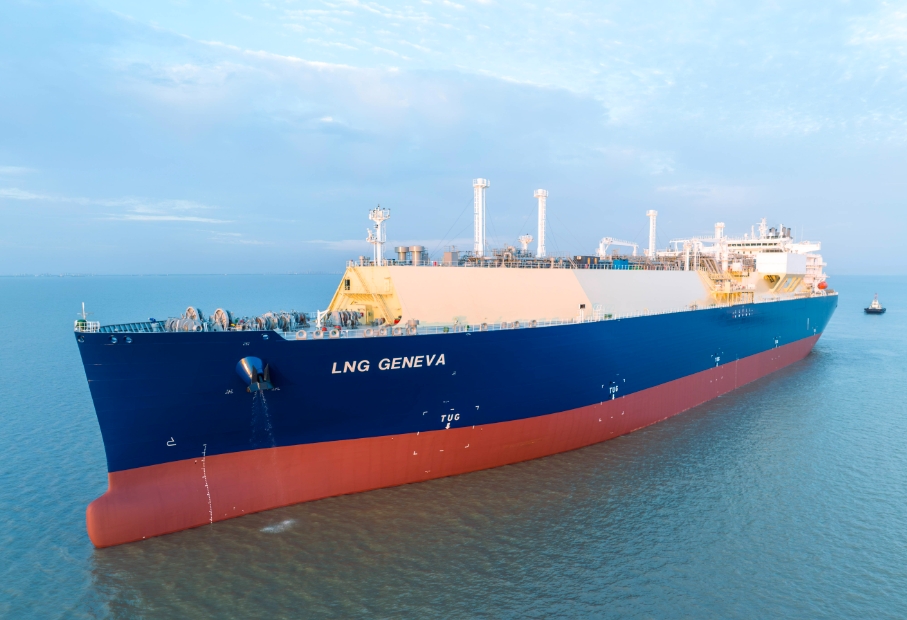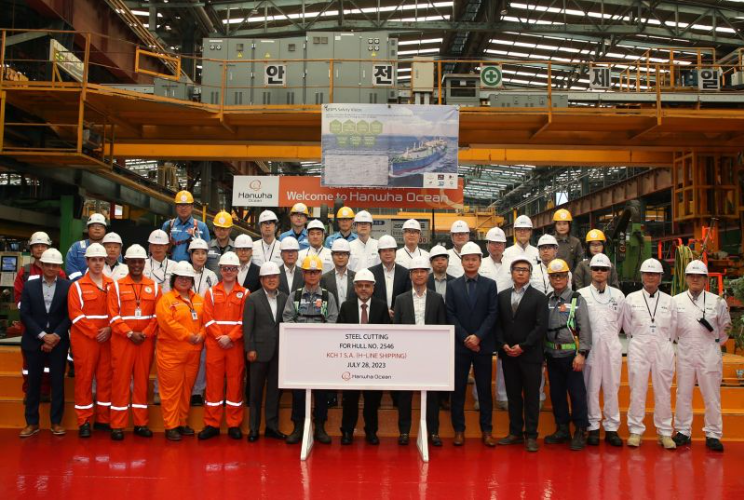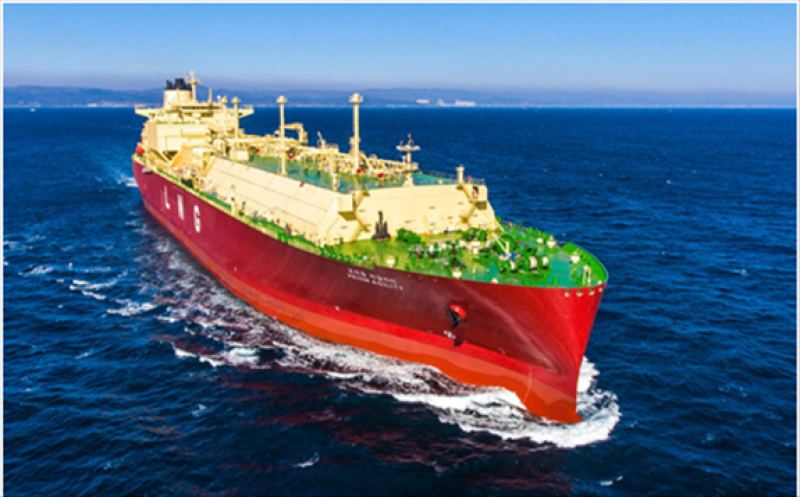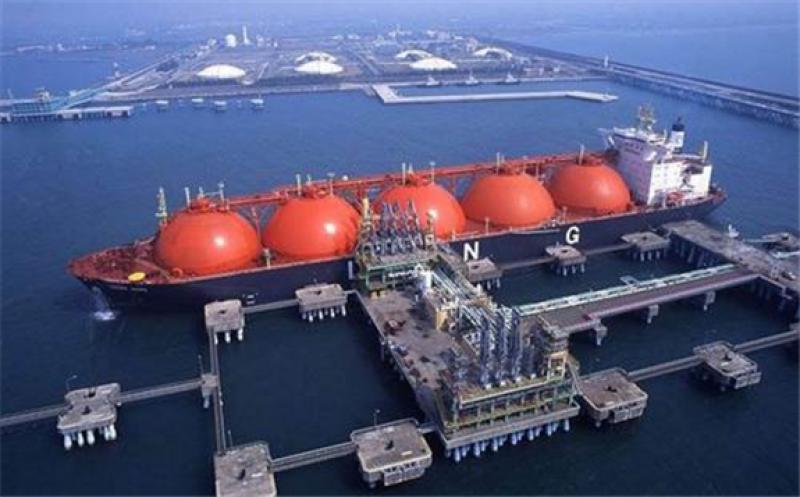Spain is a powerhouse for renewable energy deployment with 25,7 gigawatts (GW) of total installed wind capacity, WindEurope said in a press release, adding that in 2019 Spain was Europe’s leading market for onshore wind.
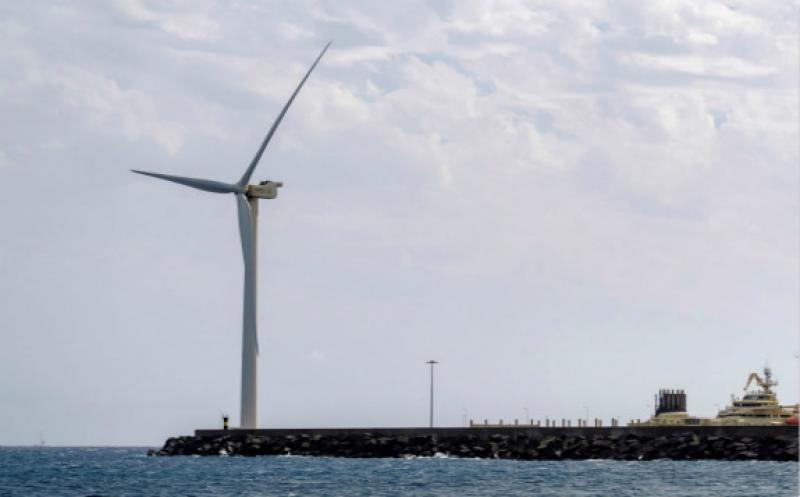
This position is likely to be strengthened as the presented NECP foresees renewables to account for 42% of the country’s energy mix and to generate 74% of its electricity. For wind energy the government in Madrid plans an annual installation of 2,2 GW up to 2030.
“Spain has submitted an ambitious 2030 National Energy & Climate Plan (NECP) to the EU. This is a strong and encouraging sign for the European energy transition, especially in the current challenging times,” WindEurope CEO Giles Dickson said. “Spain has long been a leader in renewables: wind is 20% of their electricity and they create more export revenues from wind energy than from wine. It’s great to see they’re now planning a significant further expansion of renewables. The level of ambition and visibility sends a clear signal to investors and will be good for jobs and growth. It makes Spain a frontrunner in the EU Green Deal,” he added.
Spain’s Ministry for Ecological Transition and Demographic Challenge (MITECO) is reserving the right to modify the Plan because the public consultations on the submitted Plan were derailed amid the COVID19 pandemic.
“COVID-19 mustn’t undermine our common efforts to tackle climate change. On the contrary, the Green Deal is the best route out of current crisis. Spain gets this. Its green economy will drive its recovery. And wind will play a central role: its shovel-ready, cheap to build and supports lots of jobs.” Dickson said and added: “Five other EU Member States still haven’t finalised their NECPs yet. They should find inspiration in the excellent Spanish example. Come on France, come on Germany.”
Meanwhile, Europe saw €19 billion of new wind farm investments confirmed in 2019, according to WindEurope’s annual “Financing and Investment Trends” published on April 7. A further €33 billion were invested in the refinancing of wind farms, the acquisitions of wind farm projects and other transactions.
According to WindEurope, most of the investments in new wind farms were in onshore wind – €13 billion. This covered over 10 GW of new projects, showing continued strong interest in Europe for the development of onshore wind farms.
“Governments and investors continue to have strong appetite for onshore wind. Because in most of Europe it is the cheapest form of new power generation capacity. And the latest auctions in Poland, Denmark, Greece, France, Italy and Lithuania all testify to the strong support for onshore wind and competitive prices. We expect onshore wind to be 80% of all wind capacity additions over the next five years,” Dickson said.
WindEurope’s “Financing and Investment Trends“ show an increasing interest of corporates to source renewable energy. Corporate off-takers can reduce and fix electricity costs over time and reduce their impact on the environment by signing a long-term PPA. Never before have more renewable Corporate Power Purchase Agreements (PPAs) been signed than last year. Across all renewable energy sources, corporates contracted more than 2.5 GW in 2019 alone, with wind contributing around 1.7 GW.
The report also takes a closer look at the diverse investors involved in wind energy financing. Banks play an increasing role extending over €20 billion of non-recourse debt in 2019. The importance of non-recourse debt continues to grow. It now accounts for 49% of all investment in new onshore wind projects and 77% of all investment in new offshore wind farms.
